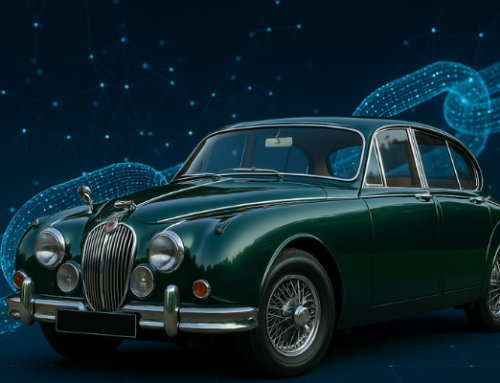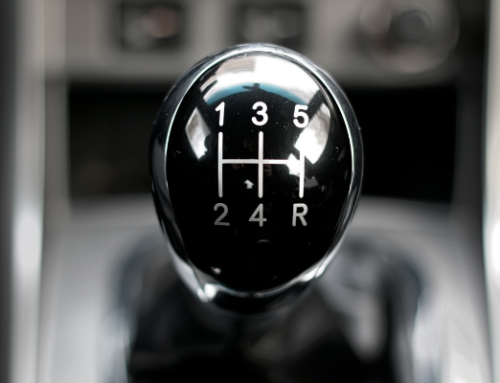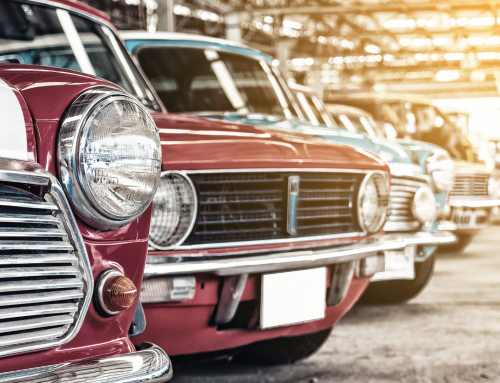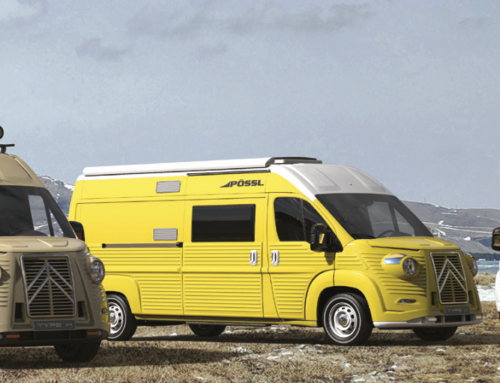Classic car enthusiasts in the UK have recently received a surprising alert from the DVLA. A new rule change—part of a consultation launched in mid‑2024—is raising concerns across the community. At its heart, the DVLA is reassessing how historic, rebuilt, and modified vehicles (including electric conversions) are classified and monitored. With nearly 1,400 responses received , this consultation could soon reshape what it means to own a “classic”. Here’s what’s happening, why it matters, and what you should keep an eye on.
With 1,371 responses logged—more than 1,100 from individual owners and 129 from organisations—it’s clear that change is on the horizon. At stake are core questions: how we define historic cars, whether EV conversions need distinct treatment, if safety testing should be age-adjusted, and whether mechanical modifications trigger Q‑plate registration. This could reshape rules that have remained largely unchanged since the 1980s.
What’s the DVLA Proposing?
In May–July 2024, the DVLA and Department for Transport launched a call for evidence on historic and modified vehicles—including rebuilt cars, replicas, kit cars, and EV conversions. Key questions being reviewed include:
-
How do we define “classic”, “historic”, or “rebuilt”?
-
Should modified vehicles get a separate classification?
-
Is there a need for age‑appropriate safety checks or even a tailor‑made MOT?
-
Could electric conversions require their own registration process?
-
Should Q‑plates (for uncertain provenance) be applied more broadly?
-
And finally, should classic car clubs and experts weigh in on approvals? Over 70 % of responses supported expert involvement.
So what might emerge from this consultation? There are several plausible outcomes. The DVLA could tighten rules around EV conversions, even requiring them to have distinct registrations. Those who back roadworthiness checks sat between wanting full MOTs and nothing at all—a compromise might mean frictionless inspections tailored for classic cars. Another hot topic is Q plates. Responses leaned heavily towards avoiding unnecessary reclassification, with calls for panels of industry experts to review cases and preserve an original car’s identity. There’s also debate over whether definition markers and age brackets might shift, closer to 30 or 25 years.
How Classic Owners and Clubs Have Reacted
Responses reflected a mix of tradition and innovation. On one hand, nearly half (49%) felt that the current registration system works well and doesn’t need fundamental change. Others suggested tweaks around age limits and driving habits, with calls for “sympathetic” safety assessments rather than full MOTs. Interestingly, 27% still defined “classic” as 40 years old or more, though others considered lowering the bar to 30 or even 25 years. Clubs like HCVA stressed that minor welding or chassis repairs shouldn’t automatically strip cars of their identity or cause Q plates. In short, owners want safety and modernity balanced alongside respect for originality.
What About EV Conversions?
With growing pressure to move towards greener transport, many owners are swapping petrol engines for electric powertrains. For some, it’s a brilliant way to extend the life of a beloved vehicle and make it more usable in low-emission zones. For others, it borders on sacrilege.
But here’s where things get tricky. Under current DVLA rules, a major change—like removing the original engine—can threaten a car’s historic status. That may mean losing tax exemption, being reclassified as a new-build, or even ending up with a dreaded Q-plate. The recent consultation looked closely at whether EV-converted classics should be treated differently from kit cars or heavily modified vehicles.
Many owners who responded argued that a tasteful, reversible EV swap shouldn’t be treated the same as a chopped-up hot rod. They want guidelines that reflect the intentions behind a conversion, especially when the rest of the vehicle is left untouched.
The DVLA’s findings haven’t led to any policy changes just yet, but one thing is clear: this debate isn’t going away any time soon. As electric tech becomes more accessible and petrol restrictions increase, we’re likely to see more classics going silent, whether we like it or not.
What Classic Car Owners Should Do Now
If you’ve got a classic or are planning a rebuild or EV conversion, now’s the time to take stock. Firstly, gather your paperwork—proof of originality, rebuild invoices, and evidence around engine and chassis work. And if you haven’t chimed in already, consider contributing to the consultation via industry bodies like Motorsports UK or HCVA .
Think about how much modernisation you’re comfortable blending with the classic ethos. Welding in seatbelt mounts or updating subframes could theoretically bump you into needing new registration, though the DVLA has emphasised keeping original identity where possible.
Lastly, watch official updates carefully; outcomes may still be months away. The proposals aim for clarity, not crackdown—but they could change how we care for classics in the years ahead.
Balancing Tradition with Modern Safety
In the end, the DVLA’s consultation highlights a crucial balance: preserving our motoring heritage while keeping pace with safety, sustainability, and technology. These vehicles are more than prized possessions—they’re part of shared culture. Any new rules should build on that foundation, not erase it. So whether your interest is purity or progression, now is the time to shape the future of classic ownership.







Leave A Comment